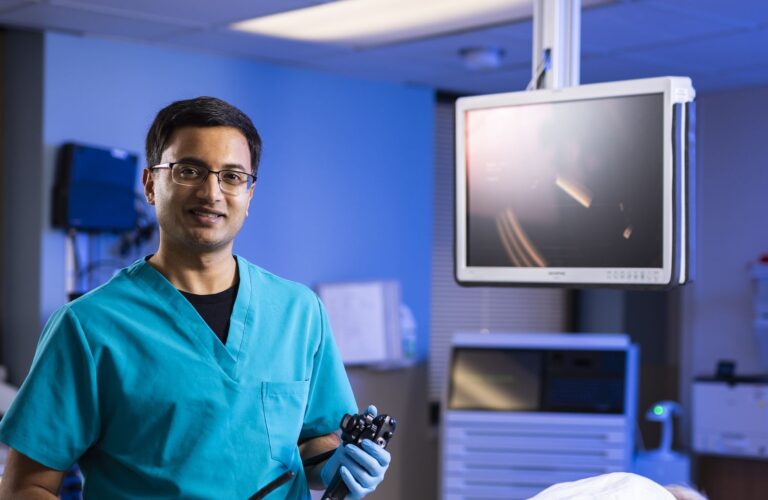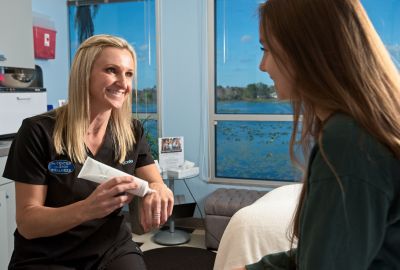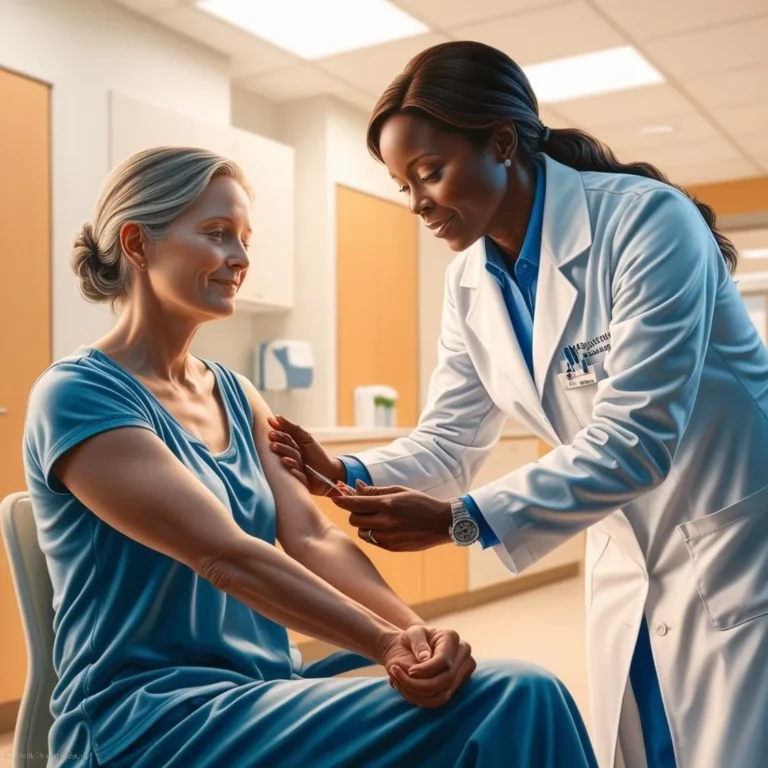How Body Imaging Can Identify Soft Tissue Infections Early

Soft tissue infections can progress rapidly, making early detection key for effective treatment outcomes. Healthcare providers rely on various body imaging techniques to identify these infections before they become severe complications. Understanding how different imaging methods work helps patients and medical professionals make informed decisions about diagnostic approaches.
Imaging in Early Detection
Medical imaging plays a valuable role in modern healthcare. Body imaging provides healthcare providers with detailed views of internal structures that cannot be assessed through physical examination alone. These techniques allow medical professionals to visualize the extent of infection, identify affected tissues, and monitor treatment response over time.
Modern imaging technology makes it easier to detect soft tissue infections. It can show changes in tissue density, fluid buildup, and inflammation, all of which signal an infection. Imaging also helps identify different types of soft tissue issues, making it possible to choose the right treatment more effectively.
Understanding Soft Tissue Infections
Impacting the skin, muscles, tendons, and connective tissues, soft tissue infections vary from mild surface conditions to severe, deep tissue problems. In some cases, they may jeopardize limb function or become life-threatening. Identifying and treating these infections early helps to avoid serious complications.
Diagnosing soft tissue infections can be tricky because they often look like non-infectious inflammatory conditions. Getting the diagnosis right is key to choosing the proper treatment. Without an accurate diagnosis, the condition could get worse or result in unnecessary treatments.
Explaining Body Imaging Techniques
Accurate imaging is key for diagnosing and managing soft tissue infections. Various imaging modalities offer unique benefits in evaluating infections and guiding treatment decisions.
- Computed Tomography (CT): CT scans use X-ray technology to create detailed cross-sectional images. They are effective for assessing the relationship between infected areas and surrounding structures, detecting gas formations, fluid collections, tissue swelling, and changes in tissue density that indicate infection.
- Magnetic Resonance Imaging (MRI): MRI provides superior soft tissue contrast using magnetic fields and radio waves. It is ideal for differentiating between infected and healthy tissue, identifying early signs of infection, and monitoring treatment progress over time.
- Ultrasound: Ultrasound uses sound waves to create real-time images, making it uniquely useful for detecting soft tissue infections. It is portable, provides bedside evaluations, and is commonly used to guide procedures like needle aspirations or drainage.
- X-Ray: X-rays are primarily helpful for bone and joint assessments, with limited application for soft tissue infections. They can reveal gas patterns in tissues and bone involvement when infections spread beyond soft tissues.
Using these imaging methods effectively helps healthcare providers diagnose, evaluate, and treat soft tissue infections more accurately, encouraging precise and effective care.
Make an Informed Decision
The choice of imaging method depends on factors like where the infection is suspected, your symptoms, and your overall condition. Different imaging techniques provide unique types of information—some focus on detailed tissue images, while others show how far the infection has spread. Early imaging helps with spotting soft tissue infections and guiding diagnosis and treatment. If you are concerned, talk to your healthcare provider to find the best option and learn what to expect.
- What to Expect When Visiting a Foot and Ankle Specialist
- Causes of PTSD
- The Link Between Plantar Fasciitis and Weight Gain: What You Need to Know
- How Pet Ownership Can Positively Impact Life with Fibromyalgia
- The Importance of Stretching and Flexibility in Sports Medicine
Dr. Emma Green is a health and wellness expert with over 10 years of experience in nutrition and fitness. Passionate about helping others live their healthiest lives, Dr. Green shares practical advice on wellness, nutrition, and sustainable living through LivingSpristine.






